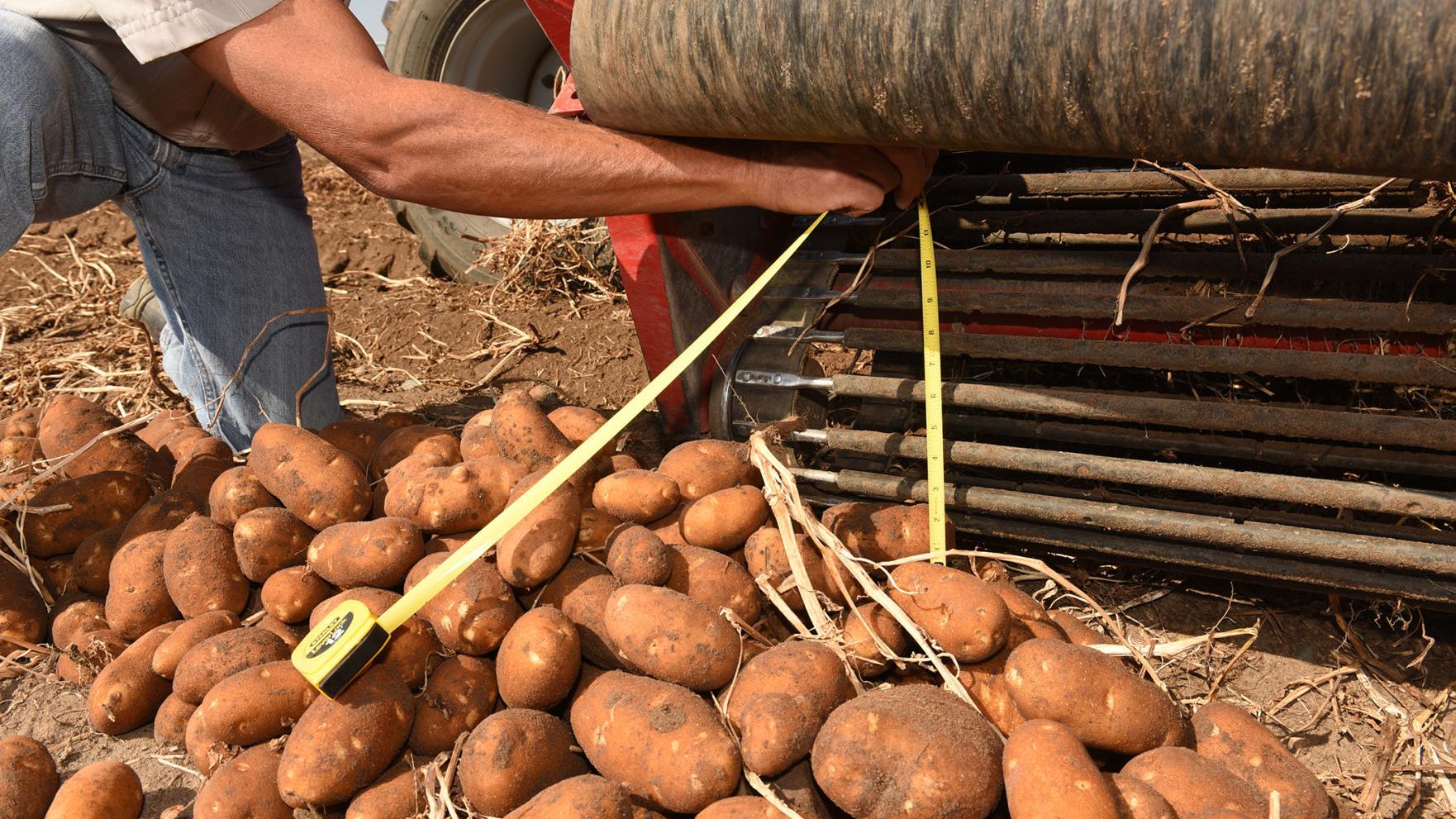Boise State University researchers are giving potatoes an electric jolt that could make a popular snack healthier and more energy-efficient. A recent study conducted by the university treated potatoes with pulsed electric field (PEF) technology, which uses high-voltage pulses to open up tiny pores in cells.
This method results in chips with less fat, fewer suspected carcinogens, and reduced energy consumption. Researchers hope this innovative technology can benefit Idaho’s agriculture industry, which is a $1.3 billion industry for the state in 2023, according to the U.S. Department of Agriculture.
Filling the Void in Idaho’s Potato Processing
Despite the potato industry’s significant economic impact, Idaho has limited facilities and workers to process the harvested potatoes into products like chips, said Owen McDougal, a professor of biochemistry at Boise State who worked on the study.
McDougal, who helped found the Food and Dairy Center at Boise State, aims to address this gap with the center’s ongoing research and advancements. “There’s not a lot of research infrastructure to support the agriculture industry in the state,” McDougal told the Idaho Statesman.
How Pulse Electric Field Works on Potatoes
The electric field treatment is already common for french fries, but its popularity has yet to spread to potato chips in the United States. Potatoes are rich in asparagine, a building block of proteins, which reacts with sugars during high frying temperatures to create acrylamide, a suspected carcinogen. According to the American Cancer Society, carcinogens are substances that can cause cancer.
However, when potatoes are treated with a pulse electric field, asparagine and sugars leak out of the open pores, reducing the content of acrylamide in potato chips by up to 32%, according to the study. “If we can reduce the acrylamide,” McDougal said, “then we can get a healthier end product for consumers.”
Additional Benefits of PEF Treatment
The PEF treatment also reduces fat content by 8%. Since water escapes more easily from the treated chips, it blocks some oil from being absorbed, said Kevin Hill, an employee at Elea, a company specializing in pulse electric field systems. Less water also allows for a lower fry temperature and shorter fry time, which can further reduce acrylamide.

Moreover, the treatment conserves energy and saves money. According to the study, the lower and shorter fry times cut energy usage and costs by 10%.“If we are going to be carbon neutral, we need new technology to do that,” McDougal said.
Ensuring Taste and Texture
But do these electrically treated chips taste the same? In a textural analysis, researchers found that the crunchiness, crispness, and firmness of the chips were similar to non-treated chips. While the study didn’t include formal taste tests, McDougal mentioned that members of the lab enjoyed making the chips and bringing them home for parties.
Read More: Boise Fire Responds to Worries About Dive Rescue Boat’s Speed and Safety on The River!
Costs and Broader Applicability
The costs of implementing PEF systems remain an obstacle to widespread adoption. The initial investment ranges from $500,000 to $1 million on an industrial scale. Processors need to see the benefits before making such an investment.
Pulse electric field technology can be applied to more than just potatoes. McDougal is currently working on a project to make barley, one of Idaho’s biggest crops, germinate faster. This process could benefit the malt and beer industry.
“There is a broad applicability of the technology beyond potato processing,” McDougal said. “You can do so many things with it, and we plan to continue research on the capabilities.”



